Preparing National Novel Writing Month
… Outlines, anyone?
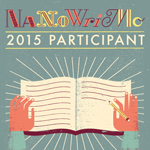 I’m definitely using the motivational drive of National Novel Writing Month, or NaNoWriMo, again to get the first 50,000 words of my next WIP down. I can do it. I did it twice before and under rough circumstances. Nothing beats dark and rainy nights spent in the writing cave, with my survival kit of a hot beverage, thick socks and ridiculous foot-muffs, wool cardigan, water jug, my planning board, reference books, notebooks, a candle for atmosphere
I’m definitely using the motivational drive of National Novel Writing Month, or NaNoWriMo, again to get the first 50,000 words of my next WIP down. I can do it. I did it twice before and under rough circumstances. Nothing beats dark and rainy nights spent in the writing cave, with my survival kit of a hot beverage, thick socks and ridiculous foot-muffs, wool cardigan, water jug, my planning board, reference books, notebooks, a candle for atmosphere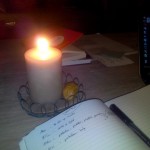 , and my troll-muse. And 50,000 words at the end of November, which is almost a complete novel.
, and my troll-muse. And 50,000 words at the end of November, which is almost a complete novel.
Hopefully the family will come visit me from time to time, I have this new, very comfy daybed in my writing room for that purpose. Hubby will provide me with food and drinks and the occasional chocolatey treat, and I should survive the madness once more … 🙂
NaPloYoNoMo
All this means October has to be, as Chuck Wendig puts it, NaPloYoNoMo, National Plot Your Novel Month. We have to prepare the writing frenzy beforehand, whatever this means for each author, because once the clock is ticking and we have to write down these roughly 1700 words per day, it gets impossible to research, double-check, mull over ideas or — BEWARE — edit! Lock away your inner editor, they say. Be prepared beforehand, they say. You won’t find time for anything else. It will be stressful enough to keep up with the fast pace and bubbly community. I absolutely LOVE NaNoWriMo for the kick-up-the-writer’s-pants it is. There’s no slowing down, no time for doubt. You just have to type maniacally and — at least until you cross the finish line of 50,000 words — never look back.
So in order to do just that, writewritewrite on each and every day of November, you have to do a NaPloYoNoMo to prepare yourselves.
How to make October the Plotting Month
We should be knee-deep in notes, research findings and outlines by now. Meaning, right now, in October. The Plotting Month.
But where are you in this process, fellow writer? Panicking, or stubbornly following your routine of preparation? Are you and your desk covered in post-it notes and ink, a pile of handwritten notes as your seating because there was not enough room for all these ideas and research findings? Is your outline/timeline/plotlines/character arcs etc. covering the last inch of your wall and so long and winding that you can’t make sense of it anymore? Or are you cleverly organised, all the info and notes neatly sorted in several files and just adding the last bits and bobs? If so, I envy you.
Last year, I did nano hardcore-pantsing. Nothing at all organised, I didn’t even know how and when my story should end. I got the opportunity to have a novel published in serialised instalments in a German magazine. I agreed and sat down to take notes the same day. The publisher ordered it, they had to take what I offered, hehe. But would they have trusted me to pull it off had they known my “process”? I doubt it.
There was no process, really. I pantsed my way scraping through the scenes, going with the flow and just a handful of notes, and managed to arrive at THE END with some dignity around carnival of this year. But I did it all with no serious idea of outline/timeline/plotline/character arcs etc. beforehand. I like the story as it is, it’s under edits to be published soon. But I would’ve done a better, less stressful job if I had been better prepared. I want to do it differently this year. But how?
Preparing the pantsing mind
I know a pantser cannot be turned into a plotter overnight. My writing, as that of MANY other writers, comes to life by going with the flow, reacting to the emotions, the actions, the obstacles as they occur on the page, by instinct. This can be magical, and/or hit a wall fairly quickly. So this year, I’m trying to give my story a skeleton to hold it up and guide me, while at the same time I hope to still have enough room to manoeuvre in the individual scenes. My mind just works that way, it reacts to the tiniest story-cartilage (to keep the bony metaphor…) that is thrown onto the page and walks away with it in unforeseen directions.
I was lucky enough so far that with my longer works I always managed to pull things back together again, maybe that’s just a fine instinct. I couldn’t explain how to do it to anybody, though. Pantsing is an instinctive and obscure thing.
So what could I do to keep sane and rein the story in BEFORE it wandered off to where nobody could follow? I didn’t start planning it a few days or weeks in advance. I did it months earlier. Because I wanted to get a feeling for what could work and what wouldn’t. For the protagonists, twists and turns, characters, scenes, timelines, to then let them simmer in the back of my brain — which, in turn, was extremely grateful for the long, relaxed preparation time. It rewarded me with a constant flow of ideas and a gut-feeling what the story should be like. It took shape, slowly but surely and without much effort (and NO force) on my side.
Here’s what I did to help the new story birth in my mind:
-
filling a notebook with just everything that came to my mind and might be useful for the story later on. It’s just a collection of ideas for characters, scene sketches, timelines, events. I even stuck inspiring pictures and a particularly fruitful chat-conversation I had with a writing buddy in its jacket. I love it, and will keep it in my archives forever!
- early research: I went to Viking Haithabu/Hedeby in northern Germany this spring and stayed for two days to soak up the atmosphere at the Viking market and museum. To generally get a feel for the place as such: the defensive walls are still there, the original pier was restored, and boats and houses can be visited, touched and experienced, with reenactors at your side, or alone. I quickly decided this would become one of my settings in the book. And I did:
- create Pinterest mood-/idea boards. You could easily do mood boards in all kinds of ways if you’re not into Pinterest. But the visual clearly helps to get a feeling, inspiration and hands-on descriptiveness. I created boards for the book’s settings (Hedeby of course, but also the aurora borealis and nordic landscapes), the characters and their surroundings (in “Birth of a shieldmaiden”, the current WIPs name) as well as a general creative inspiration board and Viking research finds that might come in handy to look at. Whenever I need to get into the mood for plotting/writing Viking-ness, I go there and just browse or add pins.
-
making a huge mood-board for my study wall. I’m a visual type, I paint and draw and scribble. So it was only natural that with the renovation of my writing room also came a huge mood board for the planning and writing stages. I made it myself and can now assemble all kinds of inspiration for scenes. Or for reference while writing about any details that are pictured on the photographs.
- set your mind free. I try to get me-time more often now that November approaches. Whenever the kids are being looked after by someone else, I take the time to indulge in my own thoughts and ideas. I need peace and quiet, a calm atmosphere and some starting point, then ideas for scenes or even dialogue appear out of nowhere. I take notes and don’t evaluate much. The characters have begun to talk to me, each one in their own time, and now I just need to listen to them speak, or watch them act in a certain, imagined scene. Bit by bit they take shape and gain character.
- this brainstorming is particularly easy for me in nature. I love hiking and running and long walks, I just need some quiet time in an autumnal forest and the story will start to move in my head, along with my feet. On one occasion I so vividly imagined what it must be like to be a lone Viking woman in a dark forest fleeing from a search party of men that it gave me the creeps — and I started to literally run the whole way out of that forest as if chased, back to the safety of sunlight. That was a very impressive experience for the creative (not only leg-) muscle, I can tell you!
- brainstorming with writer-friends. I have two writing buddies that know me inside out and are most helpful whenever I need an idea, a push, or motivation. We talk about every aspect of our stories and they give me honest and fantastic feedback. We swap pictures, choose names together, make up scenes, dialogue snippets etc. They never ever fail me! Get yourselves such friends, and quick, Novembers lurking 😉
Plotting with the help of other writers
With all these ideas and quite concrete characters and scenes at hand, this October I needed something more reliable than my pantsing mind. Some sturdy structure. So I searched for outlining and plotting-help to keep my cast and their actions under control. These are my favourite so far, and the list is by no means complete or exhaustive:
- Chuck Wendig’s post on NaPloYoNoMo, very funny as usual, but unusually helpful in that he summarises and evaluates most strategies for plotting, and I’ll definitely try a mixture of Scenes and Sequences and Tent poles!
- James Scott Bell suggests you try writing your book from the middle. This approach is helpful for both plotters and pantsers and a really original idea that might be useful to try.
- Jane Friedman explains how outlining can bring out voice and holds together the entire story. This was a very enlightening read for me.
- There isn’t a writing-topic Janice Hardy hasn’t covered in her Fiction University, and I can recommend her links on structure and outlining, even for pantsers!
- on selfpublishingadvice.org Samantha Warren takes up the cudgels for NaNoWriMo and its massive motivational boost — so if you were still unsure whether you should take the plunge and participate or not … we all definitely say YES, you should! 😉
- Once you’re participating in NaNoWriMo, you should dive into their helpful, friendly and always supportive forum community. You can find answers to almost all your questions, from general plotting/outlining to the most specialised topics, this is a great way to get you started, keep you sustained, and carried across the finish line at the end of November and beyond!
As you can see, I’m a nerd for NaNoWriMo, and recently became a NaPloYoNoMo-advocate as well! Thanks to Chuck Wendig and his outlining tool-list, and who so wonderfully wants us to relax and remember:
“No battlefield strategy survives contact with the enemy, and no outlines survive contact with the story.”
Amen. So relax, enjoy and see you on the NaNoWriMo-side of writing-life!
Over to you: will you be taking part in the frenzy? Do you feel prepared or are you a natural pantser? Or a panicky pantser? Which outlining tools have you tried and which worked (or not) and why? Don’t be shy and just let us know what your approach is like, we’re all in this together, NaNo or not! 🙂



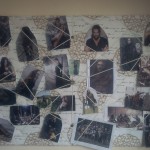


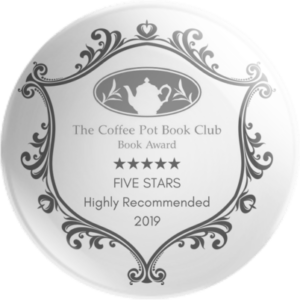
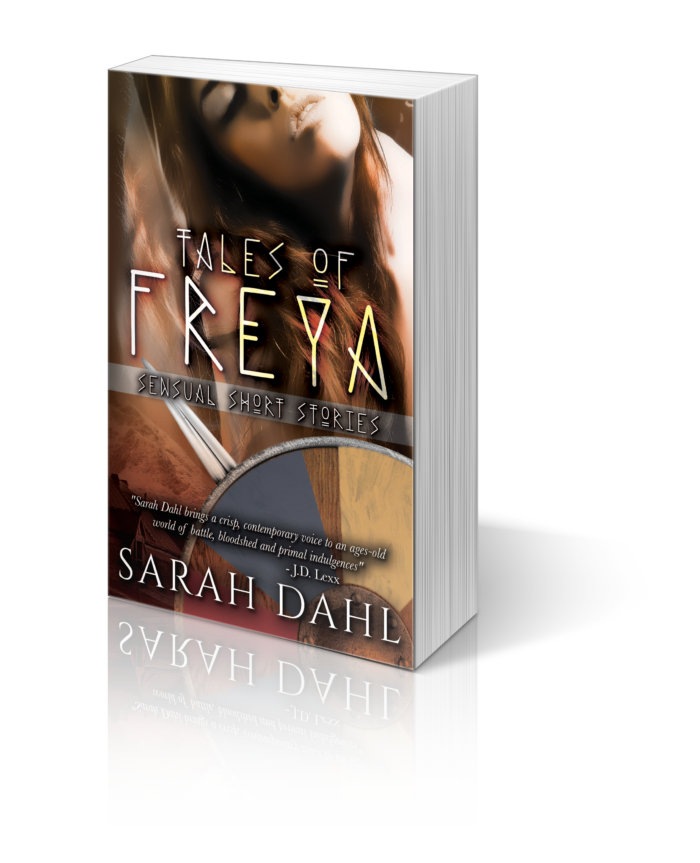
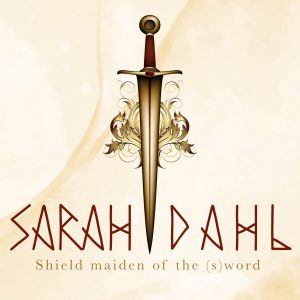
Comments (4)